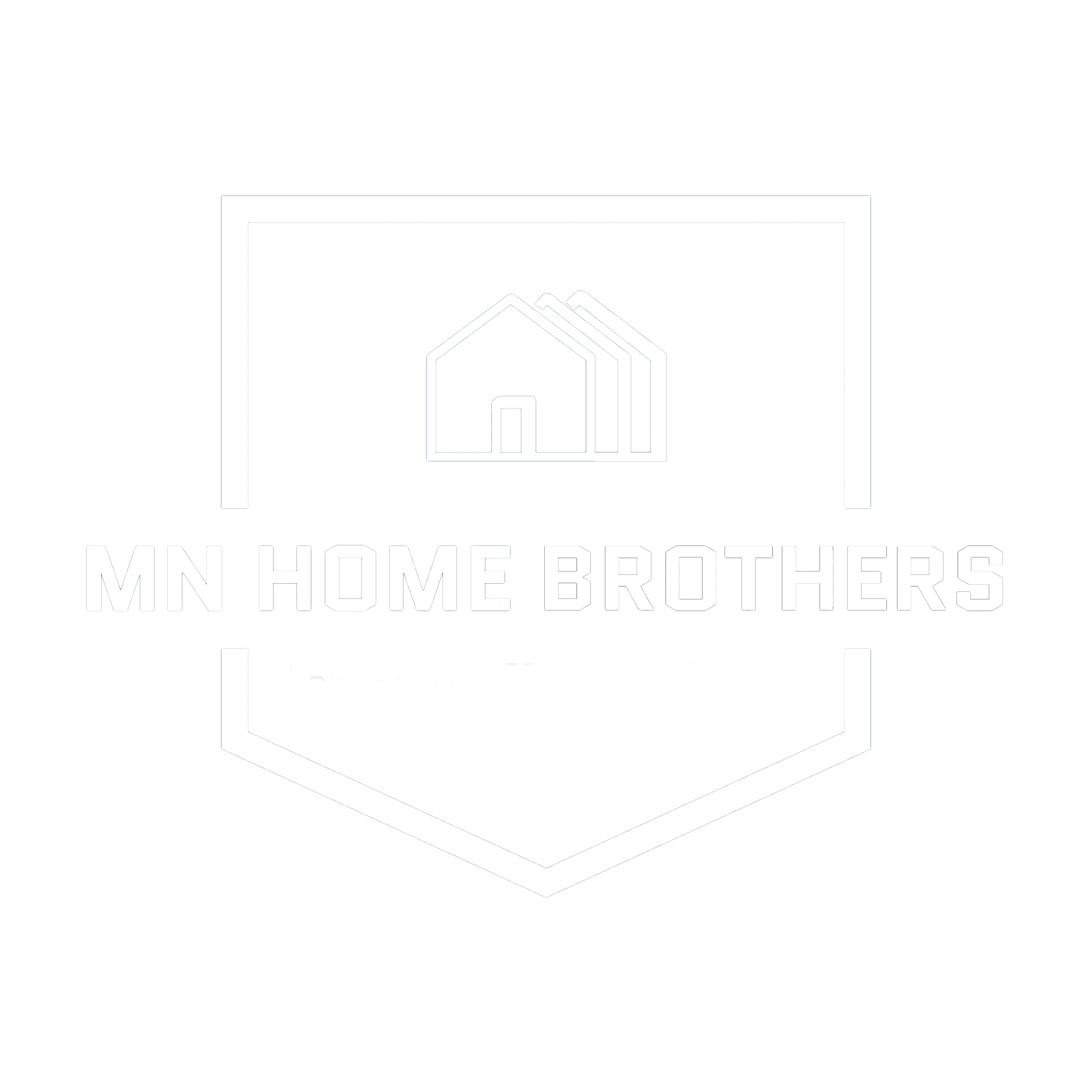Dakota County
History
The county was the site of historical events at Mendota that defined the state’s future, including providing materials for the construction of Fort Snelling across the river and the signing of the Treaty of Traverse des Sioux which ceded land from the native Dakota nation for the Minnesota Territory. The county’s history was initially tied to the confluence of the Mississippi and Minnesota Rivers, both strategically important for United States expansion and as the convergence of the Dakota and Ojibwe nations who regarded the site as sacred. Influence shifted westward during the post-World War II settlement boom when Interstate 35 connected the western half of the county to Minneapolis and Saint Paul and bedroom communities grew. Most work outside the county but like many metro counties, Dakota continues to absorb industry and jobs from the core cities.
Taoyateduta led the Mendota Mdewakanton in northern Dakota County. He and 121 Sioux leaders ceded much of the present Twin Cities region.
In the 1600s, Mdewakanton Dakota fled their ancestral home of Mille Lacs Lake in northern Minnesota in response to westward expansion of the Ojibway nation. According to Dakota tradition, their ancestors pushed out the Iowa who were found settled at the mouth of the Minnesota River. In 1680, the Mdewakanton Dakota were contacted by French explorer Daniel Greysolon, Sieur du Lhut, and the Mendota (mdo-TE) band of the Mdewakanton south of the Minnesota River were contacted by Joseph Nicollet in the 18th century. While Taoyateduta (a.k.a. Little Crow) led the Mendota in northern Dakota County, upstream to the southwest, Chief Black Dog established his village of 600 people around 1750 at the isthmus between Black Dog Lake (which is named after him) and the Minnesota River, near the present site of the Black Dog Power Plant.
Politics
Dakota County voters tend to vote Democratic. Since 1960 the county has selected the Democratic Party candidate in 71% of national elections (as of 2016).
Presidential election results
Geography
The county terrain consists of low rolling hills, sloping to the river valleys. Its highest point is near the SW corner, at 1,037′ (316m) ASL.[32][33] The county has a total area of 587 square miles (1,520 km2), of which 562 square miles (1,460 km2) is land and 25 square miles (65 km2) (4.2%) is water.
From Wikipedia, the free encyclopedia
What Do You Have To Lose? Get Started Now...
We buy houses in ANY CONDITION in Minnesota. There are no commissions or fees and no obligation whatsoever. Start below by giving us a bit of information about your property or call (952) 230-2324...
